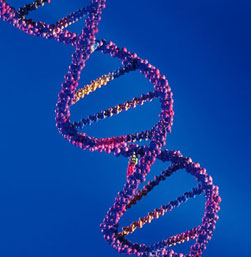Biology is both exciting and unique. Here you will discover interesting biology facts and tidbits. From bacteria to mammals, we'll explore the exciting world of biology. Biology (from Greek - βίος, bios, "life"; , -logia, study of) is the
natural science concerned with the study of life and living organisms
...  |  Biology the science that deals with living things. It is broadly divided into zoology , the study of animal life, and botany , the study of plant life. Subdivisions of each of these sciences include cytology (the study of cells), histology (the study of tissues), anatomy or morphology, physiology, and embryology (the study of the embryonic development of an individual animal or plant). Also included in biological studies are the sciences of genetics, evolution, paleontology, and taxonomy or systematics, the study of classification. The methods and attitudes of other sciences are brought to the study of biology in such fields as biochemistry (physiological chemistry), biophysics (the physics of life processes), bioclimatology and biogeography (ecology), bioengineering (the design of artificial organs), biometry or biostatistics, bioenergetics, and biomathematics. |
Did Humans Evolve from monkeys? Humans did not evolve from monkeys. Humans are more closely related to modern
apes than to monkeys, but we didn't evolve from apes, either. Humans share a
common ancestor with modern African apes, like gorillas and chimpanzees. Scientists
believe this common ancestor existed
http://www.pbs.org/wgbh/evolution/library/faq/cat02.html |  |
Deoxyribonucleic acid (DNA) is a nucleic acid that contains the genetic instructions used in the development and functioning of all known living organisms and some viruses. The main role of DNA molecules is the long-term storage of information. DNA is often compared to a set of blueprints or a recipe, or a code, since it contains the instructions needed to construct other components of cells, such as proteins and RNA molecules. The DNA segments that carry this genetic information are called genes, but other DNA sequences have structural purposes, or are involved in regulating the use of this genetic information.
WE HAVE SO MANY UN-ANSWERED QUESTIONS
 |  |